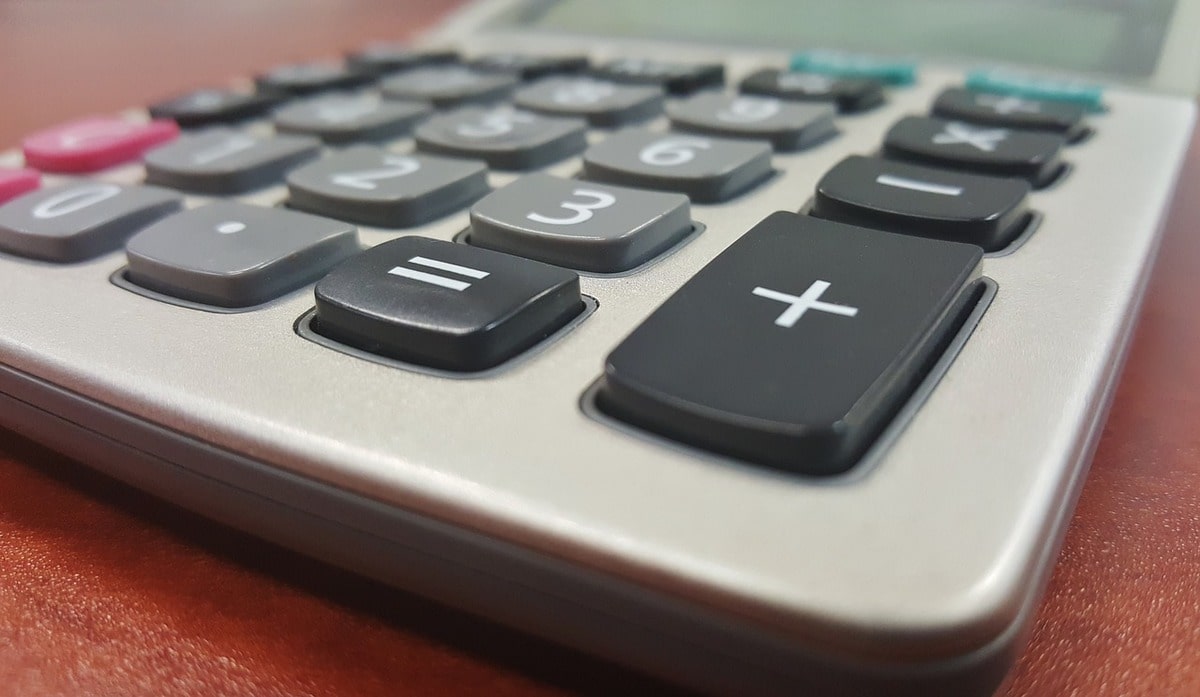Working out and paying VAT can cause a major headache for businesses across the UK. Not only will the expense reduce profitability, there is also the chance that an incorrect tax return can lead to penalties from the HMRC.
In order to pay less VAT, it is important to understand the rates and also know all the ways of becoming as tax efficient as possible. A qualified accountant will help you explore all the available options, whilst the following information can also be of assistance.
Know The Rates
When working out VAT and charging it to customers, you should be aware of government rates before setting prices. There are three VAT rates for goods and services at the present time:
Standard Rate: 20% – To be charged if the reduced rates are not applicable
Reduced Rate: 5% – To be charged for items such as home heating equipment
Zero Rate: 0% – To be charged on items such as newspapers and motorcycle helmets.
You should also be aware of the items that are exempt from VAT such as postage stamps and certain property transactions. For further details of individual rates, check out the official government guidelines on different goods and services.
Registering for VAT
Businesses that make less than £82,000 per year do not have to register for VAT, although this doesn’t mean you cannot do this – some companies believe being VAT registered creates a more professional and trustworthy appearance for example.
When your returns are submitted the business must account for all the VAT that has been charged throughout the tax year, along with income received. If you have obtained more than you have charged, a payment is required for the HMRC.
VAT Schemes
Depending on the type of business you run, there are various VAT schemes which could save money if implemented. These include:
VAT Flat Rate – Many companies register to pay VAT at a flat rate as this allows you to charge clients at the standard rate yet still pay a lower rate to the government. This rate will depend on the sector your business is in, although you can only join if your estimated VAT taxable turnover will be less than £150,000. The scheme is generally easy to use and can save money if your VAT purchases are lower than average.
Retail Schemes – If you’re still using standard VAT accounting, retail schemes can take some of the hassle away from completing tax returns. Instead of recording VAT on each sale made, you’re allowed to calculate it for a set period instead. There are three different retail schemes to consider depending on the type of business involved, all of which will save valuable time with regards to record keeping.
Margin Schemes – A margin scheme considers the difference between what was paid for an item and what you sold it for. It effectively allows you to only pay VAT if you make a profit on a deal. In addition, you will only pay VAT at 1/6th of the difference rather than the full selling price. However, this scheme is only available for selling second hand goods, antiques and collectors’ items.
Ways for business to pay less VAT – summary
It’s important to refer your VAT issues to an accountant as the surrounding regulations are relatively complex – and you don’t want to end up breaking the law
If you’re looking for an accountant in East London don’t hesitate to get in touch.

